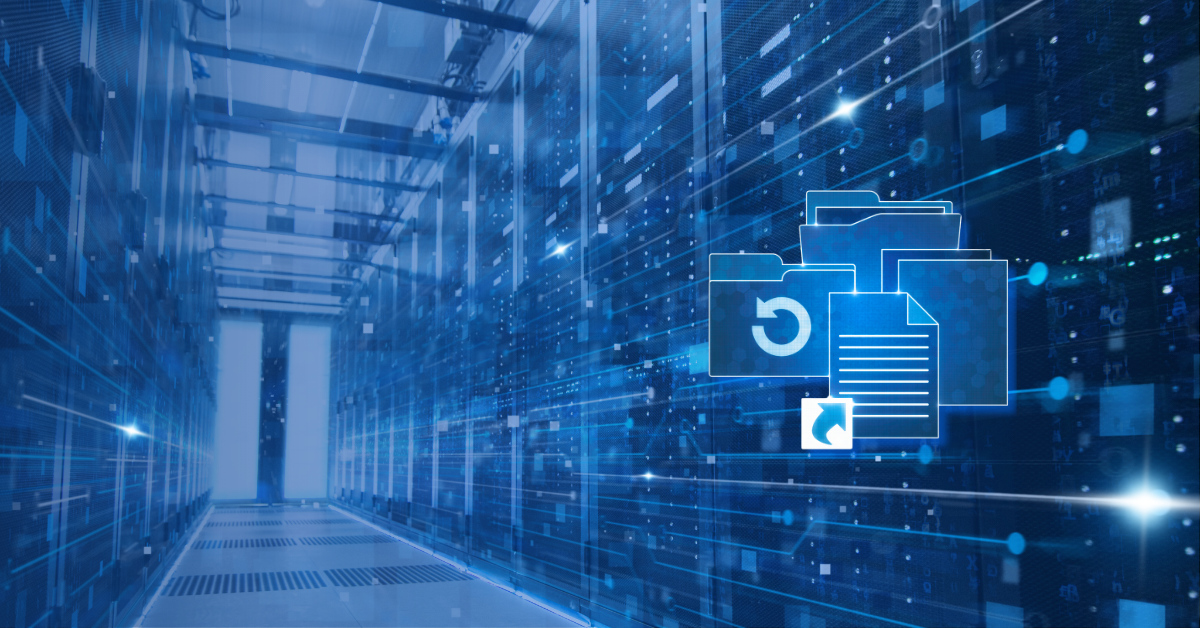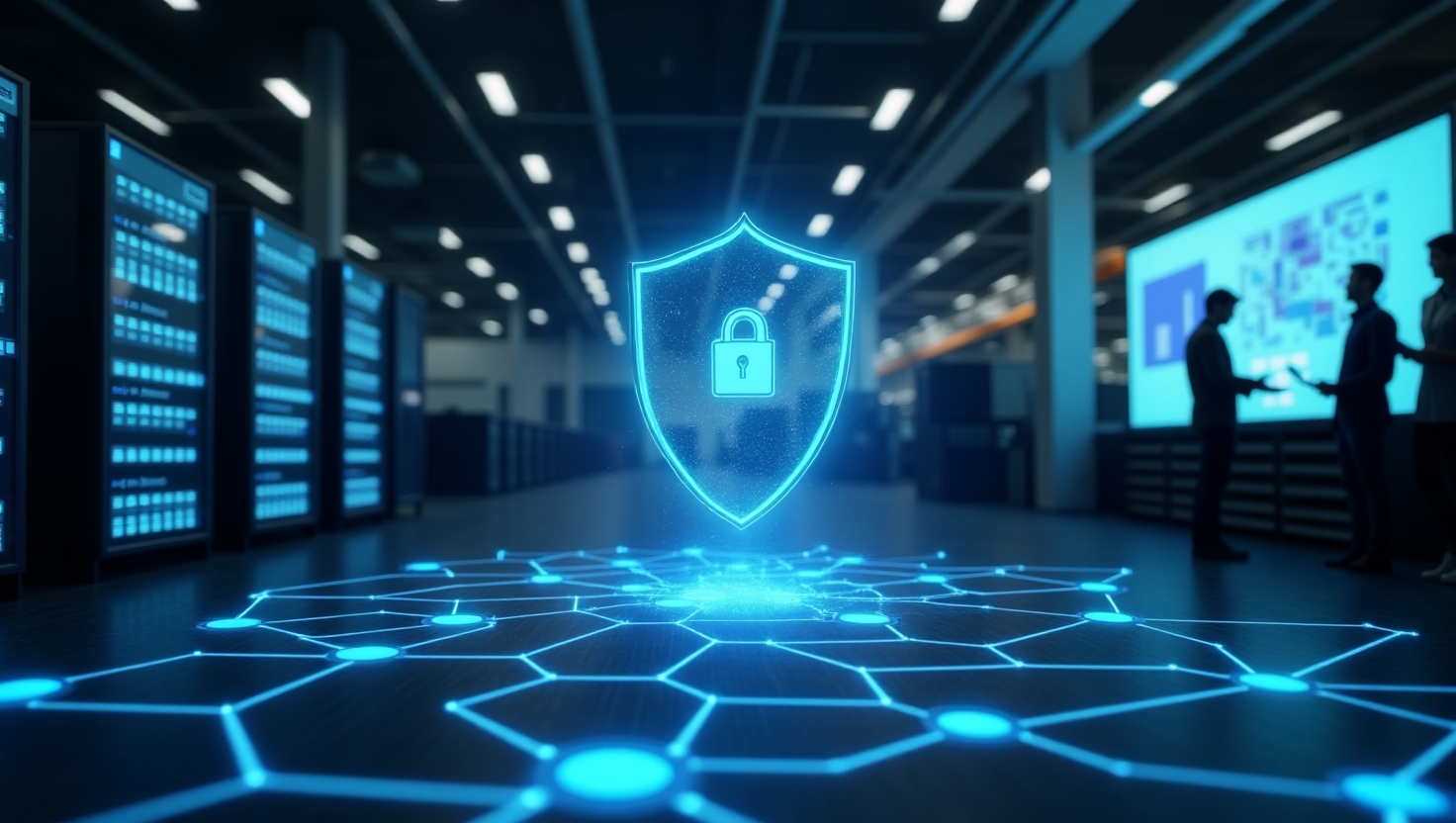Email is growing as a communications and business tool each year and MSPs should offer new ways of protecting this vital tool.
If you do a Google search on “email” you might think the popular electronic communications tool is dying a slow and painful death. It simply is not true. Email remains the most preferred method of electronic communications from a personal standpoint and for business as well.
Certainly, since the end of the pandemic and popularity of hybrid work new forms of electronic communications have risen in the marketplace such as text messaging, in-app direct messaging and new digital collaboration platforms such as Slack.
But given all this, the average person will receive approximately 121 business-related emails per day, according to research from the Radicati Group of Palo Alto, Calif.
By 2025:
billion emails per day
%
increase from the previous year
billion email users
And many people use multiple email accounts for work and personal because it continues to be a low-bandwidth option.
So, if email is truly dying then no one has told users this, nor has it shifted the focus away from cyber criminals in terms of their targets. Cyber threats have become even more sophisticated towards email. Managed Services Providers (MSP) need to rethink their strategy on securing what is still the primary communication channel in business.
There are some new developments in this area that MSPs must develop new offerings around. Such as:
Zero-Trust Email Security
featuring multi-factor authentication, secure email gateways, and continuous monitoring for real-time threat analysis
Cyber Awareness Training
for employees that may ensure the last line of defence be your end users
Artificial Intelligence and Machine Learning
puts the focus on behavioral analysis tools for safeguarding email systems
Cloud-based Email Security Solutions
centered on real-time updates
More is needed as the threat of AI-powered phishing attacks continue to climb. Tools from Generative AI, for example, can make traditional phishing schemes through email look more realistic by improving grammar, eliminating spelling mistakes and typos. AI can also capture real email accounts from previously sent threads to fool the end user.
Then there are the more clandestine bookend attacks of Payload-less Malware and QR Code Phishing. These two types of attacks use traditional email but without a malicious executable file making it harder for the email security tools to detect them. Regular email security also struggles to decipher QR-coded malware because it is image-based.
Email continues to be any organization’s most critical threat vector. The email inbox is filled with tricks from hackers all over the world. The hacker community continues to prefer email, even though it is a 50 plus year-old technology because it uses older architectures and was never built with security in mind.
avg annual cost of a phishing attack on an organization
%
organizations across the globe deal with bulk phishing attacks on a daily basis
MSPs must work to future-proof email security for the organizations they protect. Solutions that emphasize a multi-faceted approach to safeguarding email communications are gaining traction in the marketplace. MSPs should look to partner with security providers that feature these advanced protection strategies:
– Implementing encryption and advanced threat protection to secure sensitive information in transit and prevent data breaches.
– Utilising email security solutions that authenticate users and detect unusual email activity, ensuring that only authorised personnel access email accounts.
– Regular security audits and updates to security systems are crucial for identifying risks and challenges, thereby maintaining a resilient defence mechanism.
But more is required of MSPs when it comes to securing email. New types of initiative-taking measures should also be incorporated into their overall solution.
Areas such as:
– Embracing automation and innovation to enhance security capabilities and performance by leveraging the latest technologies and tools
– Regularly reviewing and updating security controls to ensure they align with current and future needs and goals, thereby staying ahead of cyber threats
Finally, it’s up to the MSP themselves to develop their own email security framework, either on their own or with help from their security provider.
Frameworks that take a defence-first approach can provide security postures through multi-layered measures that go across all areas of an organization. An as-a-service solution for email that is integrated with cloud-based technologies that can scale and feature real-time threat intelligence is also necessary.
According to the same Radicati Report, malware remains a key concern for organizations of all sizes. The propagation of malware is capable of taking down an organization’s internal network, effectively stopping most of the work inside of an organization. The most common types of malware attacks are blended attacks, which may combine two or more methods of delivery, such as email and Web access. Blended attacks often begin through email, or involve the use of email in some way, for instance, an email itself may not contain any malware, but instead it might provide a link to a website that contains malware.
By incorporating these strategies, MSPs can ensure the organizations they protect are well-equipped to navigate the evolving landscape of email security challenges.





